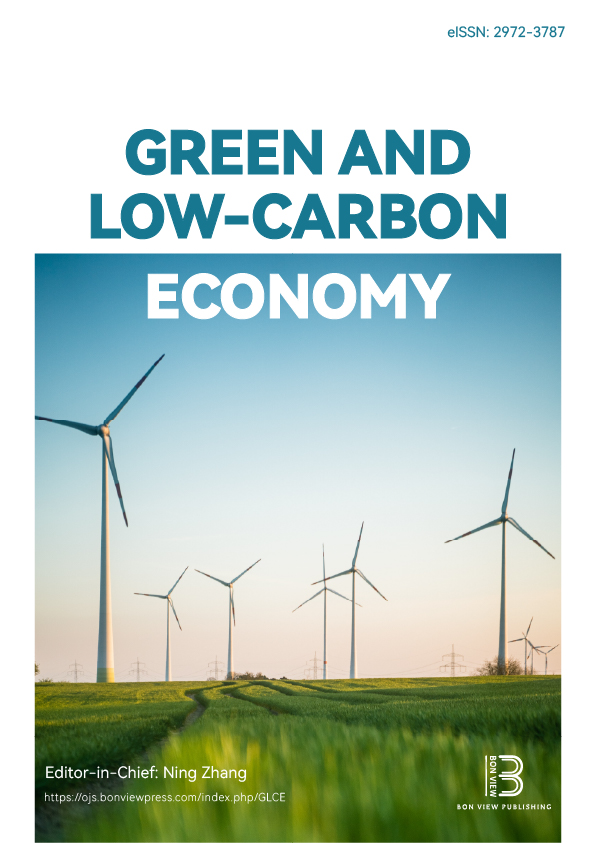Climate Transition Risk and Debt Capital Costs: Empirical Evidence from the Energy and Utilities Sectors
DOI:
https://doi.org/10.47852/bonviewGLCE52025463Keywords:
climate risk, cost of debt, carbon emissions, transition riskAbstract
Although transition risks from climate change, such as regulatory shifts, market disruption, consumer preferences, and evolving technologies, are increasingly acknowledged by financial institutions, most empirical research has focused on equity markets, leaving the impact on corporate debt markets underexplored. In particular, few studies have examined how different dimensions of transition risk affect the cost of debt (COD), especially across firms operating in high-emission sectors. This paper addresses this gap by investigating whether and how climate-related transition risks are priced into the COD for international utilities and energy companies. Using a balanced panel dataset of 219 firms from 2012 to 2017, we propose a two-step approach. First, we apply principal component analysis to construct a multidimensional transition risk index. We identify two distinct components: a contemporaneous risk factor (called present risk) capturing firms' existing energy portfolio composition and emission intensity, and a forward risk factor (called future risk) capturing future-oriented exposures such as fossil fuel reserves and investment patterns. Second, we use panel regression analysis, which shows that the current risk dimension significantly increases borrowing costs throughout the period whereas the future risk dimension exhibits statistical significance exclusively from 2015 onward, coinciding with rising investor awareness following the Paris Agreement. These findings contribute to the growing literature on climate finance by offering a nuanced understanding of how transition risks are internalized in corporate debt pricing.
Received: 21 February 2025 | Revised: 24 June 2025 | Accepted: 27 August 2025
Conflicts of Interest
The authors declare that they have no conflicts of interest to this work.
Data Availability Statement
The data that support the findings of this study are a property of Trucost ESG Analysis S&P Global, Orbis Moody's, and Vigeo Eiris VE Moody's, subject to data user license agreements, and are not openly available.
Author Contribution Statement
Vincent Bouchet: Conceptualization, Methodology, Software, Validation, Formal analysis, Investigation, Resources, Data curation, Writing – original draft, Writing – review & editing, Visualization, Project administration. Patricia Crifo: Conceptualization, Methodology, Investigation, Writing – original draft, Writing – review & editing, Visualization, Supervision, Project administration, Funding acquisition.
Downloads
Published
Issue
Section
License
Copyright (c) 2025 Authors

This work is licensed under a Creative Commons Attribution 4.0 International License.


